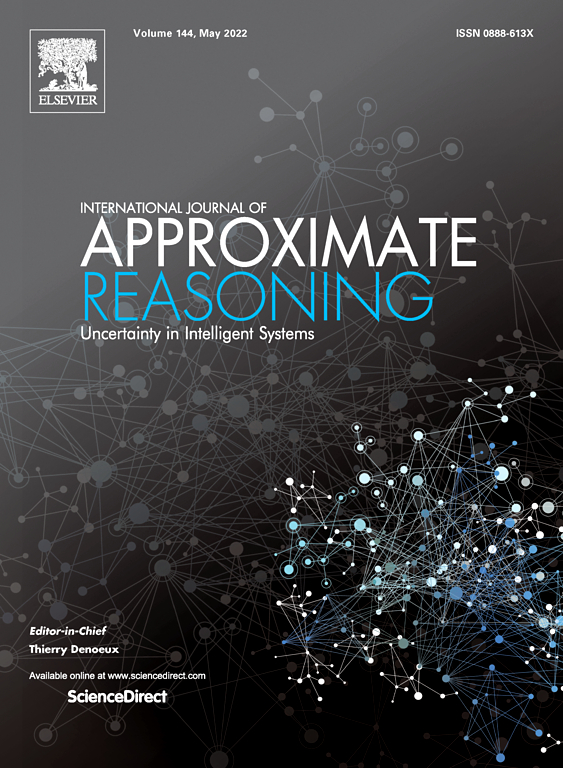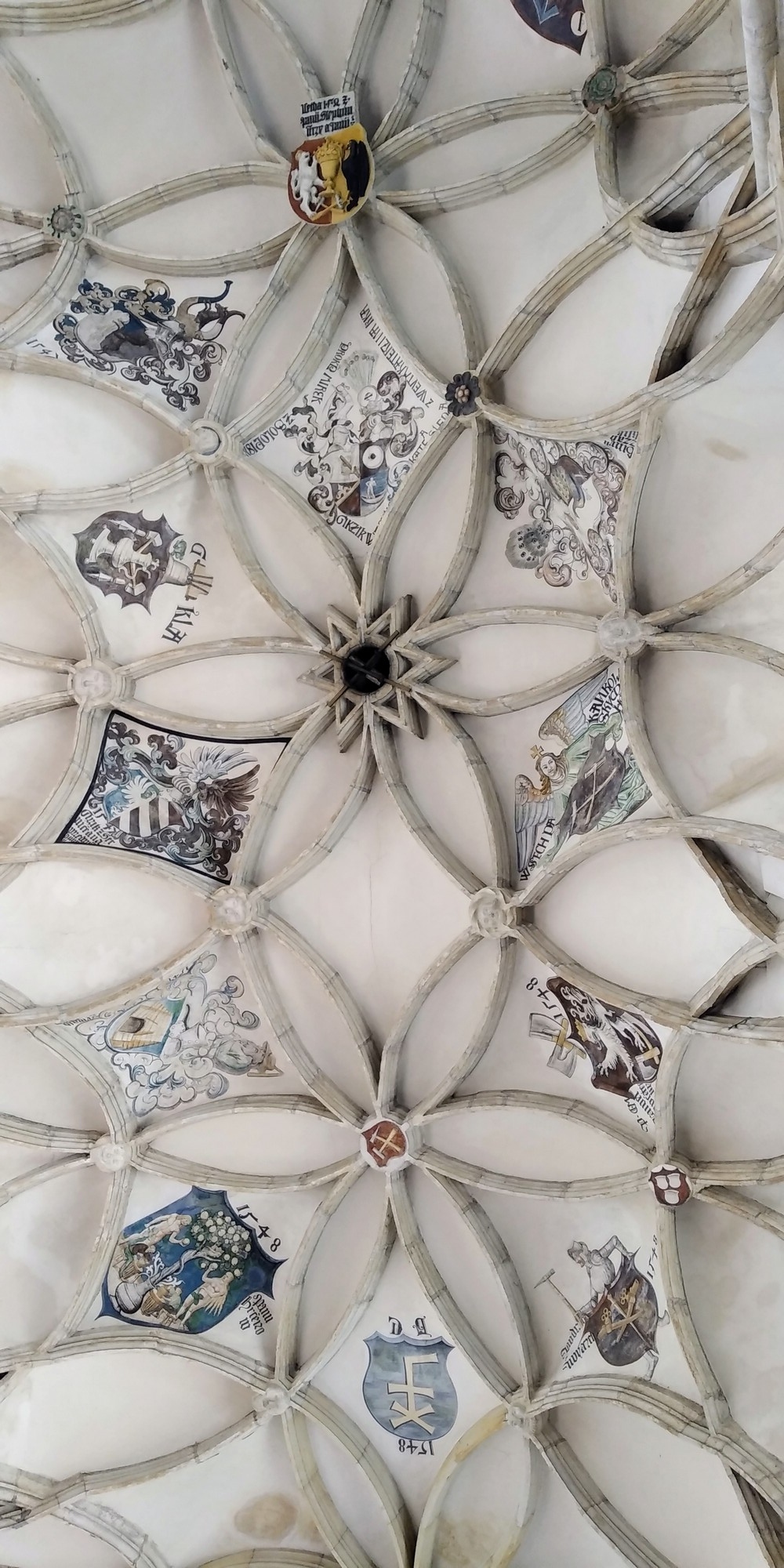
Jste zde
The 12th Workshop on Uncertainty Processing
A series of Workshops on Uncertainty Processing (WUPES) has been held in Czechia every third year since 1988. Proceedings from several previous workshops can be found on their websites ( WUPES'18, WUPES'15, WUPES'12, WUPES'09, and WUPES'06).
Like the previous meetings the forthcoming workshop will foster creative intellectual activities and the exchange of ideas in an informal atmosphere. Therefore we aim at a limited number of participants (~40).
We invite submissions of papers on Uncertainty in Artificial Intelligence, Bayesian Networks, Conditional Independence, Stochastic Analysis, Algebraic Statistics, Information-Theoretical Inequalities, Combinatorial Methods for Secrete Sharing, Fuzzy Analysis, Machine Learning, Decision Theory, Management Science, and related fields.
Kutná Hora, Czechia, June 1-4, 2022
Important dates
- March 25, 2022 - submissions of extended abstracts
- April 13, 2022- notifications of acceptance
- April 23, 2022 - early registration & payment deadline
- May 2, 2022- camera-ready copy of accepted papers
- June 1-4, 2022- workshop in Kutná Hora
Special Issue
 We plan to organize a special issue of the recognized International Journal of Approximate Reasoning dedicated to WUPES'22 after the workshop. For this special issue, all selected papers will have to pass a regular reviewing process.
We plan to organize a special issue of the recognized International Journal of Approximate Reasoning dedicated to WUPES'22 after the workshop. For this special issue, all selected papers will have to pass a regular reviewing process.
Programme committee
- Milan Studený - chair, Czech Academy of Sciences
- Nihat Ay, Hamburg University of Technology, Germany
- Giulianella Coletti, Università di Perugia, Italy
- Gernot D. Kleiter, Salzburg University, Austria
- Prakash P. Shenoy, University of Kansas, USA
Organizing committee
- Jirka Vomlel - chair
- Radim Jiroušek
- Milan Studený
- Václav Kratochvíl
Venue
 Kutná Hora is a Czech medieval city well known for its silver-mining history. It is located about 60 kilometers east of Prague. The town began in 1142 with the settlement of Sedlec Abbey, the first Cistercian monastery in Bohemia. The first tangible record of mining and processing of silver ore is from the 13th century. Rumors about rich silver deposits attracted new settlers, thousands of which were coming to the area mostly from neighboring German-speaking regions, bringing along advanced manufacturing technology and social system. The atmosphere of Kutná Hora at that time may have resembled the atmosphere of American gold-miner’s settlements; contemporary records talk about a “rush to Kutná” and mention the fact that the fame of local mines spread across the border of the country.
Kutná Hora is a Czech medieval city well known for its silver-mining history. It is located about 60 kilometers east of Prague. The town began in 1142 with the settlement of Sedlec Abbey, the first Cistercian monastery in Bohemia. The first tangible record of mining and processing of silver ore is from the 13th century. Rumors about rich silver deposits attracted new settlers, thousands of which were coming to the area mostly from neighboring German-speaking regions, bringing along advanced manufacturing technology and social system. The atmosphere of Kutná Hora at that time may have resembled the atmosphere of American gold-miner’s settlements; contemporary records talk about a “rush to Kutná” and mention the fact that the fame of local mines spread across the border of the country.
The turning point in the town’s history came in 1300 when King Wenceslas II (1278-1305) issued the new royal mining code IUS REGALE MONTANORUM, a legal document of extreme importance that specified all administrative as well as technical terms and conditions necessary for the operation of mines. The new legal position of the agglomeration was supported by a number of privileges granted by kings of the Luxembourg dynasty, which gradually transformed the chaotic cluster of miners’ huts into the second most important town of the kingdom. Shortly after 1300, Kutná Hora became the seat of the central mint of the Czech lands. Mining of silver stood at one end of the manufacturing cycle, striking of silver coins (the so-called Prague Groschen and their parts – parvi) at the other one. Kutná Hora became the financial center of the country.
The historical center is an architectural jewel of European importance, and the late gothic Church of St. Barbora and the Cathedral of Our Lady in Sedlec, rebuilt in the baroque gothic style, create a notional entrance gateway to the royal mining city. Its history and uniqueness were recognized in 1995 when the city was inscribed on the UNESCO World Cultural and Heritage List. More details about the history and historical monuments of this town can be found at the city information portal or at the Czech UNESCO heritage site.
More information
More information can be found on the conference website.
